
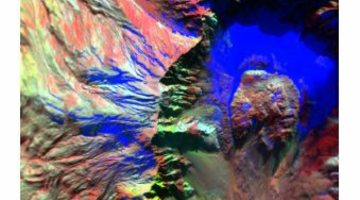
Using super sense technology, changes in the Earth’s structure can be measured without having to actually be there: Motion sensors called seismographs record tremors or small earthquakes that ...
READ MORE

Satellites are equipped with a wide range of super sense technology. Sensors have been developed that can detect radiation returns for many parts of the electromagnetic spectrum. At the shorter ...
READ MORE

Artificial sensors and probes enable us to overcome the limitations of our human senses and extend them in novel and useful ways, using the scientific concepts of electricity and waves. Find out ...
READ MORE

Space debris is leftover rocket parts and non-functional satellites and any other machinery or debris left by humans. Humans have been launching rockets into space since the 1950s, and now, 70 ...
READ MORE
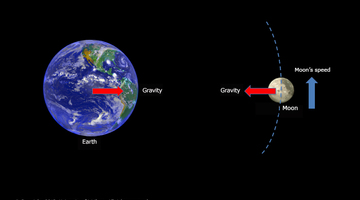
In this activity, students use a simple true or false interactive tool to categorise facts. This activity could be used as a formative activity to gather students prior knowledge and ...
READ MORE
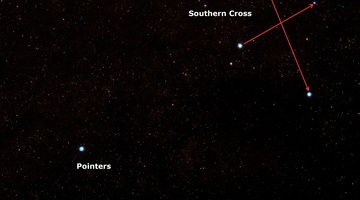
In this activity, students observe how the Moon appears to move across the sky each hour, as well as over several days. They discuss how both the rotation of the Earth as well as the satellite ...
READ MORE

Globe at Night is an international citizen science campaign to raise public awareness of the impact of light pollution by inviting citizen scientists to measure and submit their night sky ...
READ MORE

Loss of the Night is an international citizen science project aiming to quantify the illumination of the night sky caused by artificial light. By monitoring how bright the night sky is over time ...
READ MORE
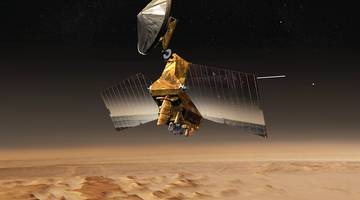
The Planet Four online citizen science project is designed to assist planetary scientists to identify and measure features on the surface of Mars that don’t exist on Earth. Help is needed to ...
READ MORE
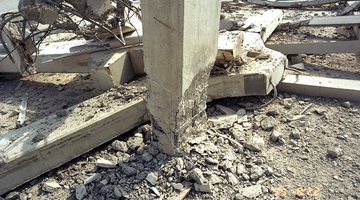
About 14,000 earthquakes are recorded in and around Aotearoa New Zealand every year. Canterbury’s 7.1 and Kaikōura's 7.8 magnitude earthquakes and subsequent aftershocks show the constant threat ...
READ MORE
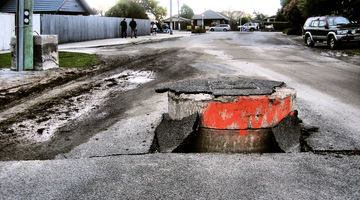
This online PD session, recorded on 18 February 2015, focuses on using Science Learning Hub earthquake resources to plan an Earth and Space science unit. It models how a variety of resources can ...
READ MORE
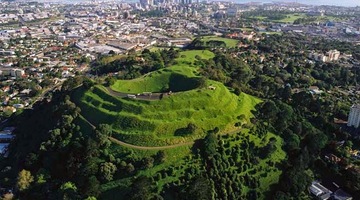
Children’s involvement in science is increased when they have an opportunity to make decisions about science-based issues that have consequences for their lives. It’s bringing science into the ...
READ MORE
All the volcanoes in New Zealand are monitored for activity so that scientists can determine when the next eruption might be. Dr Jan Lindsay introduces us to the monitoring system and how it ...
READ MORE
Professor Richard Haverkamp of Massey University gives an introduction to how the famous 19th century scientist Michael Faraday made an early step towards nanoscience.
READ MORE
Dr Allan McInnes and Dr Adrian McDonald, from the University of Canterbury, explain how gravity and projectile motion keep natural and artificial satellites in an orbital path.
READ MORE

The size, orbit and design of a satellite depend on its purpose. In this interactive, scientists discuss the functions of various satellites and orbits. Accompanying fact files provide ...
READ MORE

Use this interactive graphic organiser to highlight common alternative conceptions about gravity and satellites. Students can place the labels where they think they belong. This activity can be ...
READ MORE
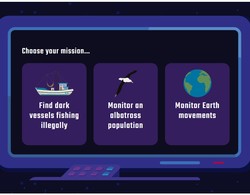
Choose a mission and then successfully build and launch a satellite that can help gather the data required. Select here for additional information on using this interactive simulation.
READ MORE